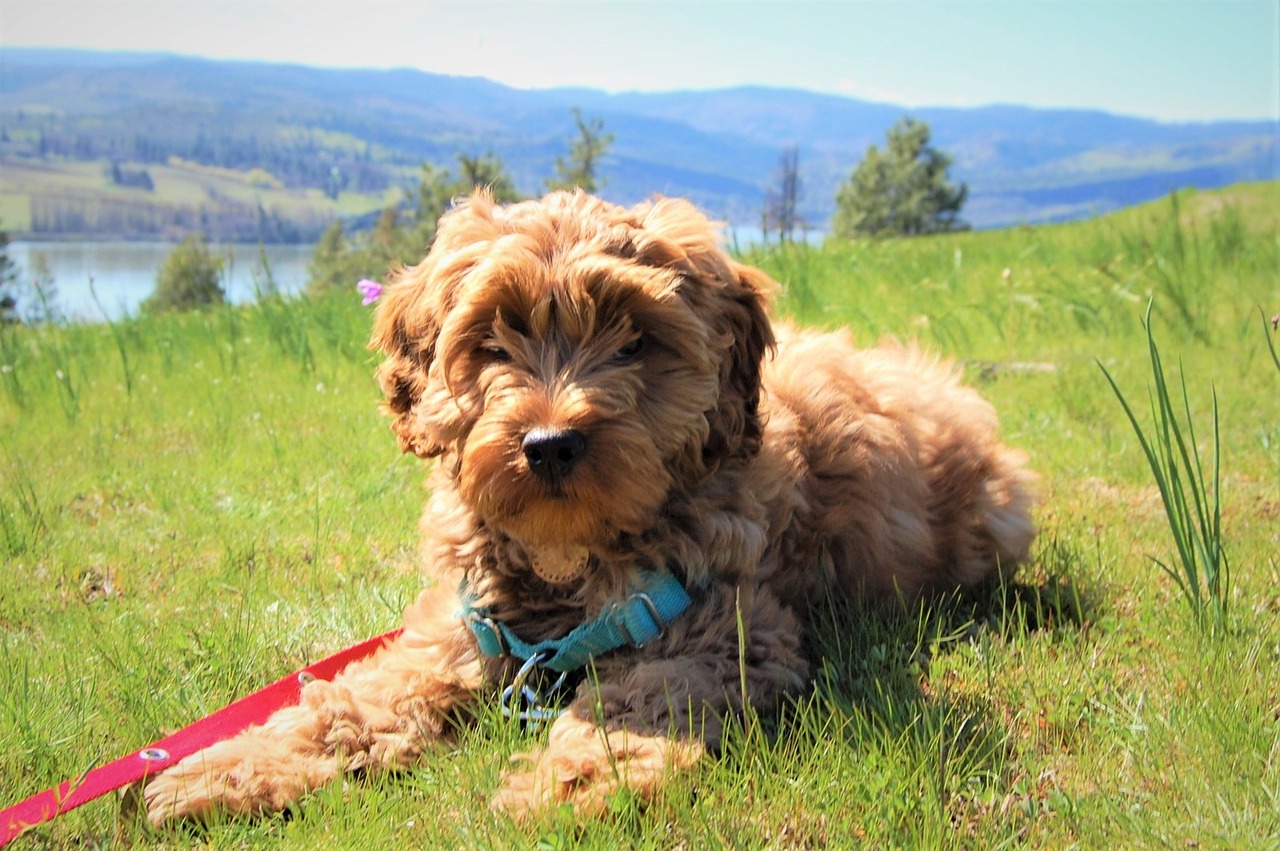Labradoodles, a crossbreed between a Labrador Retriever and a Poodle, have quickly become one of the most popular designer breeds since their introduction in the late 20th century. Their signature curly coats and affable nature have won the hearts of many. But beyond their familiar charm, there are several surprising facts about Labradoodles that aren’t as commonly known. Let’s uncover seven of these hidden truths.

-
The “Guide Dog” Origins
The Labradoodle breed was initiated with a noble purpose. Wally Conron, the breeding manager for the Royal Guide Dog Association of Australia, bred the first Labradoodle in 1989 in response to a request from a visually impaired woman whose husband was allergic to dogs. The goal was to create a hypoallergenic guide dog, and thus, the Labradoodle was born.
-
There’s No Guarantee of a Hypoallergenic Coat
While Labradoodles are often promoted as being hypoallergenic, this isn’t always the case. As a crossbreed, their coat can take after either parent, which means not all Labradoodles have the hypoallergenic coat of the Poodle parent. Each puppy can be different, even within the same litter.
-
The Regret of the Creator
In an unexpected twist, Wally Conron has expressed regret about creating the breed, fearing that he opened Pandora’s box for unethical breeders. He voiced concerns about other breeds’ health and welfare as the demand for designer dogs increased. Despite his misgivings, Labradoodles continue to be loved by many around the world.
-
Three Different Sizes
Much like Poodles, Labradoodles come in three different sizes: standard, medium, and mini. The size depends largely on the type of Poodle (standard, miniature, or toy) used in the first-generation breeding.
-
Multiple Coat Types
Apart from the range in color, Labradoodles can have three different types of coats: wool (tight curls and similar to a Poodle’s), fleece (loose waves and very soft), or hair (straight and similar to a Labrador’s). Their coats can also come in a wide variety of colors, including cream, gold, chocolate, black, and more.
-
They are Multigenerational
Labradoodles are often bred with other Labradoodles, creating multi-generational Labradoodles. This selective breeding aims to solidify the breed’s positive traits, like a hypoallergenic coat and a friendly disposition, and breeders often denote the lineage of these Labradoodles with unique terms such as F1, F1B, F2, and so forth.
-
They are “Doodle” Pioneers
The success of the Labradoodle spurred the creation of other ‘Doodle’ breeds. Goldendoodles (Golden Retriever and Poodle) and Schnoodles (Schnauzer and Poodle) are just a few examples of the Doodle breeds that have the Labradoodle to thank for their existence.
In summary, Labradoodles, much admired for their friendliness and unique coats, carry a wealth of fascinating facts that extend beyond their well-known attributes. From their origins as guide dogs, the uncertainty of hypoallergenic coats, their creator’s regret, their varied sizes and coat types, their multigenerational lineage, to their influence on other ‘Doodle’ breeds, these lesser-known facts offer a novel understanding of this beloved breed. Whether you’re a Labradoodle owner or simply a fan, these insights provide a fresh perspective on the complex
 Toledo, United States.
Toledo, United States.